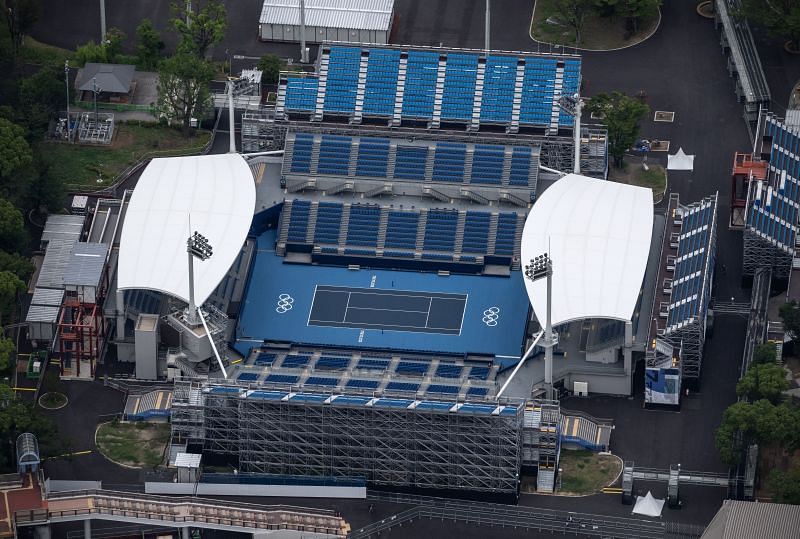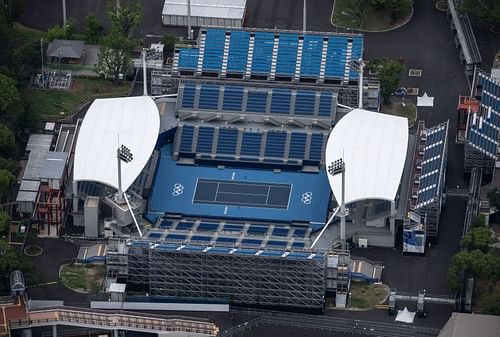
Why was tennis absent from the Olympic Games for 60 years?

Tennis had been absent from the Olympics for over 60 years and it is the 5th most popular sport in the world. Doesn't make sense right? It all began with conflict and pride.
Two of the four grand slams in tennis (Wimbledon 1877, and US open 1881) were introduced and popularized before the introduction of the modern Olympics. Pierre de Coubertin is credited with introducing the modern Summer games in 1896.
Tennis was one of the 11 events played at the first Olympic games. However, 28 years later in 1924 tennis was dropped from the quadrennial event and was reintroduced 64 years later at the Seoul Summer Olympics 1988. But why was it dropped?
Timeline of Tennis at Olympics and its reintroduction
In 1924, eight editions after tennis' induction into Olympics, the International Olympic Committee (IOC) and International Lawn Tennis Federation (ILTF) got into a conflict over the concept of Amateurism.
ALSO READ: AITA requests ITF for Ankita Raina to get a continental berth at Tokyo Olympics as no Indian singles players qualify based on rankings cut-off
What is Amateurism?
Olympics has a charter, introduced in 1908, which defines the rules, laws and functioning of the games. Article 26 of the charter defines Amateurism.
It states that:
"Amateurs are the ones who participate and have always participated in the sport as an avocation without material gain of any kind. He does not qualify -:a) If he does not have a basic occupation designed to ensure his present and future livelihood.b) If he receives or has received remuneration for participation in sport; c) If he does not comply with the Rules of the International Federation concerned, and the official in interpretation of this Rule number 26."
Therefore, the article strictly prohibits professional players from participating in the games. They define amateur athletes who are extensively pursuing sports along with carrying out their paying jobs. The main objective of the rule was to preserve the Olympics from materialism.
ILTF debated that professional players should be allowed at the Olympics, as the definition of amateur is very vague in the charter. The IOC opposed their proposal and preserved their ideas. However, due to the conflict, it was decided by the IOC to remove tennis from the games over amateurism.
Rumors have it that the whole amateurism debate was a cover-up since the authorities at Wimbledon didn't want the Olympics to overshadow The All England Lawn Tennis Championships.
In 1956, after 32 years of silence, a conversation started between both the federations. It was decided that tennis would be back at the Olympics in Mexico Olympics 1968 but as a demonstration sport.
ALSO READ: Novak Djokovic confirms his participation in Tokyo Olympics
What are demonstration sports?
Demonstration sports are the events played in Olympics for promotion, and no medals are awarded to the winners. However, tennis was far from requiring promotions. Nevertheless, the demonstration idea was a huge success and the dialogue between the federations improved.
Owing to the success of tennis, the rule of amateurism was removed from the charter in 1972. In 1980, Juan Antonio Samaranch was elected the new president of the IOC. He wanted to bring modernization to the game.
Samaranch faced resistance from his own committee but he went ahead with his agenda and it was decided that tennis would once again be played as a demonstration event in 1984. The event attracted huge crowds and media as the world got introduced to future stars Steffi Graf and Stefan Edberg.
Eventually, both the IOC and ILTF joined hands and tennis was reinforced as a medal event at the Seoul Olympics 1988 after 60 years.
ALSO READ: Tokyo Olympics to take place with 50% fan attendance this year